 |
|
Pic. 2
|
|
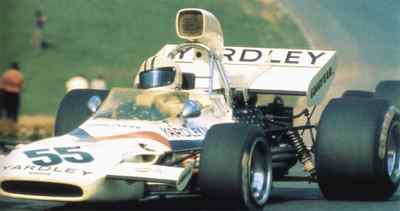 |
|
Mc Laren M19C
|
|
This car got the name wingcar and many other constructors followed Chapman (pic.2). International Federation in its attempt to slow down the cars, especially in bends, ordered flat floorboard. However, constructors happen to be pretty stubborn and always try to find their way to avoid the regulations.
|
|
 |
|
Pic. 3
|
|
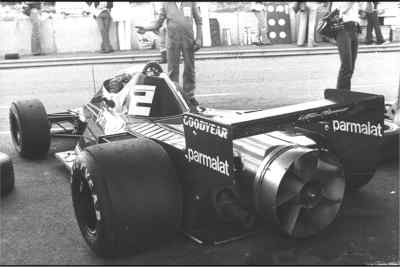 |
|
Brabham 78 fan
|
|
Gordon Muray from Brabham tried to evade the regulations by installing a huge fan in the back of the car, sucking air through the engine radiator. It sucks from top of the car, as well as from under the floorboard, sucking off the depth of the foundary layer, thus increasing the down-pressure. International Car Federation reacted by a ban on any moving parts of a design that might result in an aerodynamics advantage.
|
|
 |
|
Pic. 4
|
|
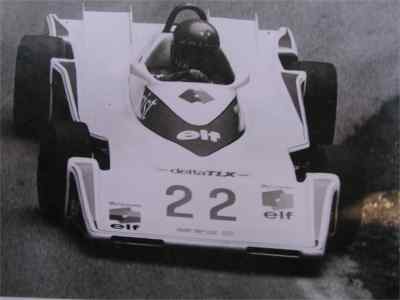 |
|
KIN MTX 1-04 - History
|
|
 |
|
KIN MTX 1-04 - History again
|
|
| KIN MTX 1-04 - Present (details) |
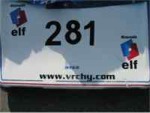 |
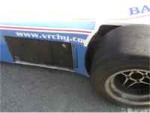 |
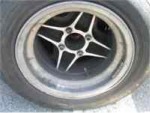 |
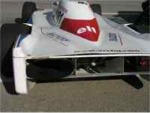 |
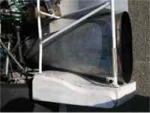 |
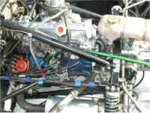 |
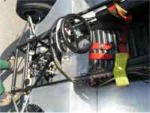 |
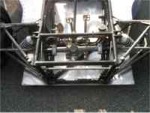 |
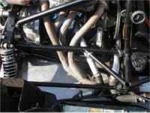 |
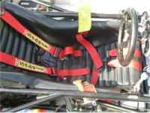 |
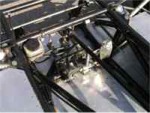 |
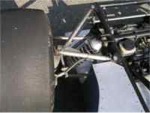 |
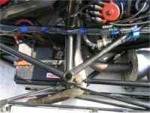 |
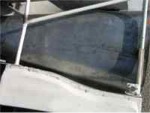 |
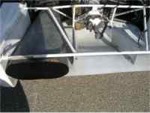 |
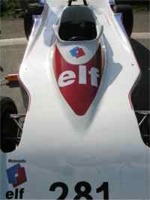 |
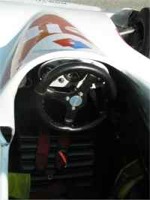 |
|
| |
|
Photographies provided
Copyright © Miroslav Sanytrak |
|
|
|
I tried to win an advantage following season with my KIN design of MTX 1-04 Formula Easter (pic.4). I used the energy of exhaust gas in the ejector, which sucked off the depth of the foundary layer through a crack in the floorboard, reducing the air resistance under the car. Karel Jilek used to drive this car. I assume the design was not inefficient. Unfortunately, following season FIA ordered working plane in the floorboard for formula cars, where no aerodynamic advantage gaining facilities may be installed.
|
|
 |
|
Pic. 5
|
|
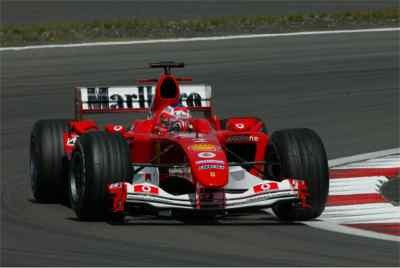 |
|
Ferrari 2004
|
|
The latest trick of formula constructors is the nose-up design. It is so narrow and high over the road that the foundary layer does not effect (does not add up generally) with the depth of the foundary layer under the working plane. It allows also longer front axle arms, which have their centre of oscillation in the car's centre line - pic.5. Bigger arm oscillation radius improves the chassis kinematics.
|
|